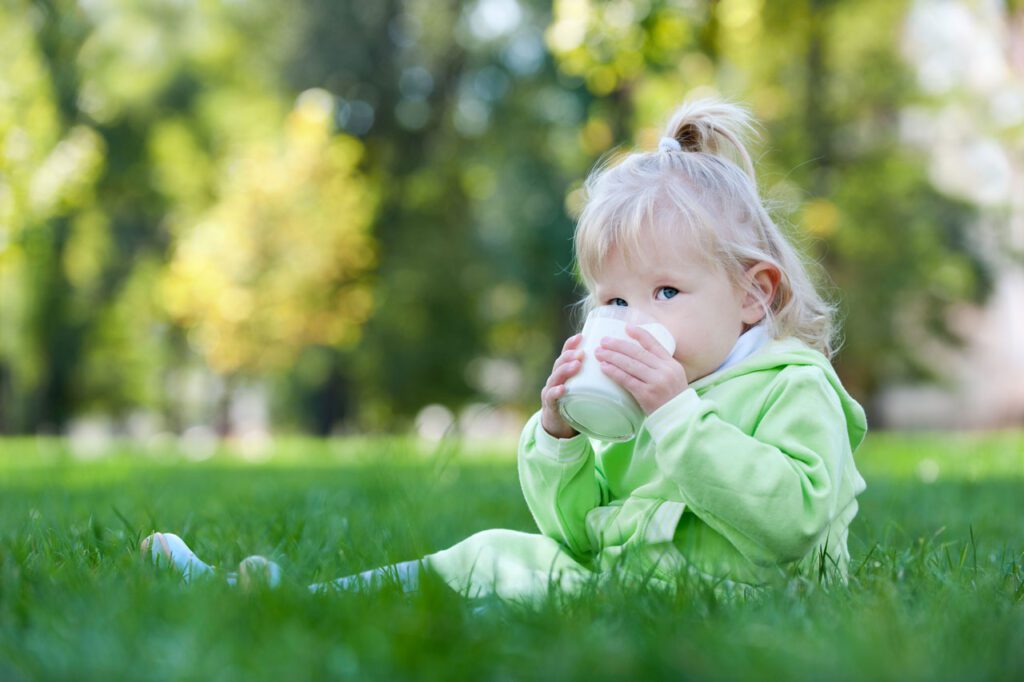Share this page
Australia adds genetics to emissions toolkit
Australian Dairy Sector Sustainability Framework: Providing nutritious food for a healthier world


Alignment with SDGs
AUTHOR
Helen Dornom Dairy Australia • Australia
Abstract
Australian dairy farmers have added breeding to their tool kit for managing greenhouse gas emissions. The Sustainability Index, released in August 2022 helps farmers breed replacements that are higher producing, longer lived and more feed efficient which translates to more milk harvested per tonne of carbon emitted.
AUSTRALIAN DAIRY FARMERS CAN NOW USE BREEDING TO HELP REDUCE THEIR FARM’S GREENHOUSE GAS EMISSIONS.
DataGene – the industry’s independent genetic evaluation service – introduced a new standalone breeding index called the Sustainability Index in August 2022.
The Sustainability Index is one of many tools Australian dairy farmers can use to achieve the industry’s commitment of a 30 per cent reduction in the intensity of greenhouse gas emissions on-farm by 2030.
DataGene chief executive officer, Dr Matt Shaffer said the Sustainability Index helped farmers breed replacements that are higher producing, longer lived and more feed efficient, which translates to lower emissions intensity (less carbon emitted per tonne of milk produced).
“Breeding is an important tool to combine with management practices because genetic gain is both permanent and cumulative,” he said.
DataGene estimates that breeding with the Sustainability Index will lower greenhouse gas emission intensity by 6.3% in Holsteins and 7.3% in Jerseys by 2050. The added bonus is that breeding for reduced greenhouse gas emission intensity doesn’t mean compromising on the traits which underpin on-farm profitability such as production, fertility and health.
Here are some examples of tools Australian dairy farmers are combining to improve the sustainability of their systems include:
• Managing herd life and number of re-placements bred
• Sustainability breeding index
• Nutrition and additives
• Pasture management and utilisation
• Fertiliser strategies
• Irrigation and water use strategies (75%of dairy farmers recycle water)
• On-farm energy generation and energy savings including solar panels
• Animal health
• Silage plastic recycling
Breeding is an important tool to combine with management practices because genetic gain is both permanent and cumulative
Helen Dornom Tweet
Read more
Case study: Tim and Marie Humphris, South West Victoria
Case study Trevor Parrish, NSW
Tech Note: Sustainability Index
References
To see more on the information provided by Dairy Australia to support the role of dairy in a healthy sustainable diet, please see: https://www.dairy.com.au/sustainability/healthy-sustainable-diets
Also see https://www.dairy.com.au/30ways – 30 ways the Australian dairy industry is reducing its GHG emissions






